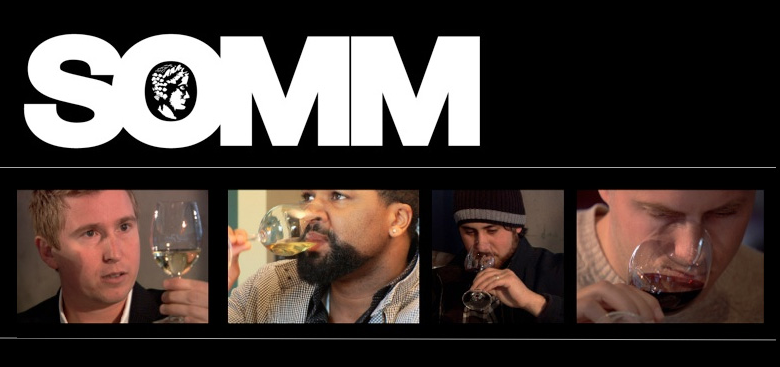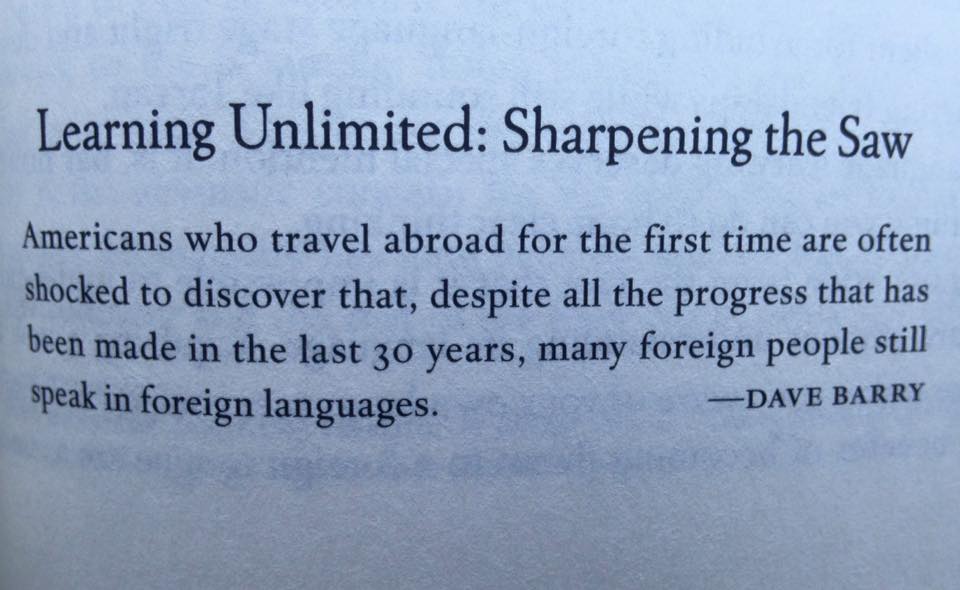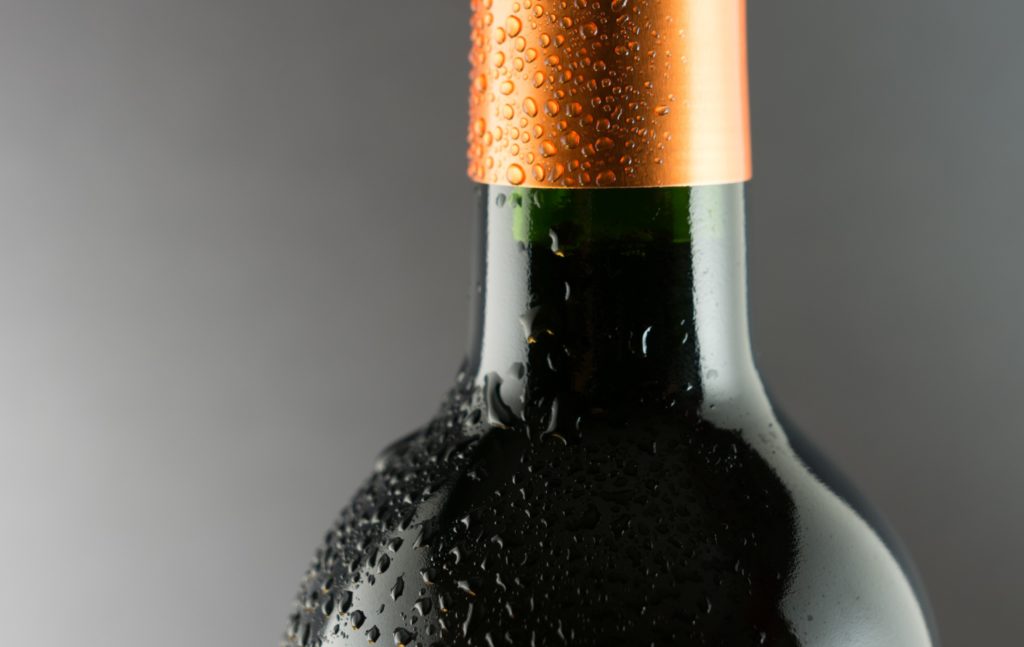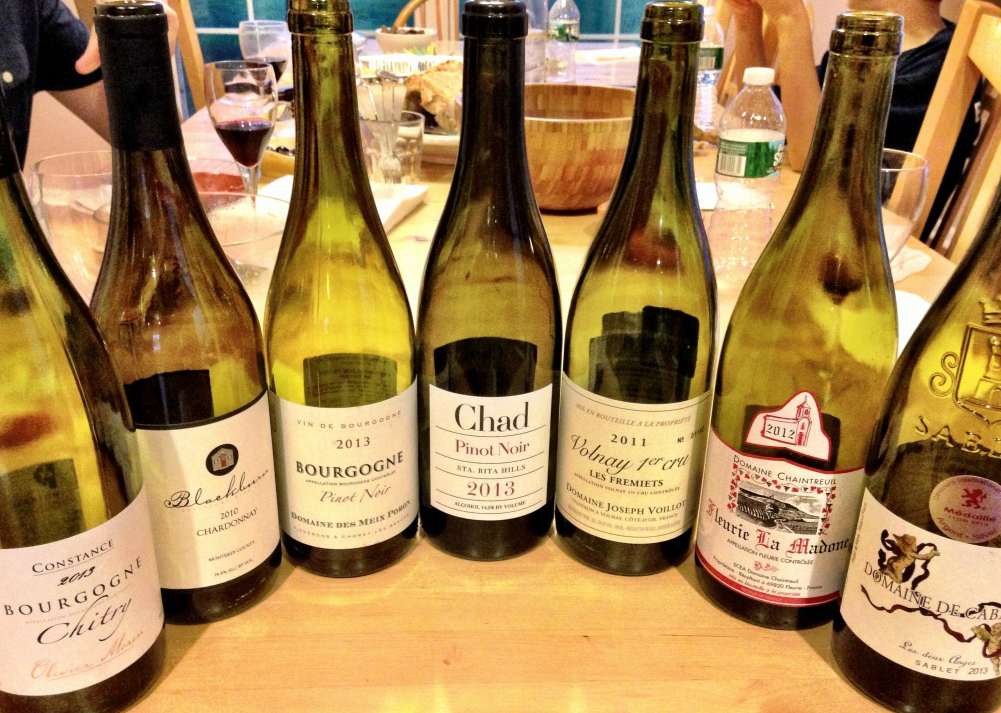Where to Start?
Wanting to get “into wine”, but find it intimidating?
Do you freeze for a moment when you’re handed the wine list? Or when you sip a wine and are immediately asked “So what do you think?”
Or maybe you feel overwhelmed at a wine shop with its endless rows of neatly stacked bottles printed with what seems like foreign gibberish?
I’ve been enjoying wine for most of my adult life. And even though I’ve pursued certifications, read dozens of wine books, and love it enough to have launched this quasi-wine blog, none of these have magically given me bionic wine-tasting super-powers.
If you were born with a nose and tastebuds, and if you’re capable of forming an opinion, then there’s absolutely no reason to feel intimidated by wine. It makes me sad when people confess they find wine intimidating. It’s fermented grape juice, for goodness’ sake. Don’t let fermented grape juice intimidate you. And don’t feel the need to ask a “wine expert” whether it’s good or not. Either you like it, or you don’t.

Documentaries like “Somm” haven’t helped with the intimidation factor, either. I was full-throttle into my wine geekery when I saw it, and in all honesty, I was equally fascinated (by how much there was to learn) and disgusted (by the lengths people would go towards earning the distinction of “Master Somm”). To a casual wine drinker, or to someone mildly interested in wine, I could see how wine “expertise” could be totally off-putting.
Knowledge may be power, but it doesn’t need to come with ego.
Let’s debunk the misconception that a (perceived) lack of wine knowledge precludes wine enjoyment. If Chef Gusteau can proclaim that Anyone Can Cook, then I say, Anyone Can Wine.
My sincere hope is that this post, and this blog at large, will nudge you into a wine journey of your own. Because life is too short to miss out on partaking in the very drink that Jesus chose to be his first miracle.
With that, three reasons that might prevent you from enjoying wine, and why you should let them not:
Reason #1: Foreign terminology
Most people are comfortable with terms like red, white, rose, bubbly, sweet... Anything beyond those descriptors feels like unchartered territory.
My hunch is that most Americans veer to U.S., Australian, and maybe South African wines, for no other reason than that the labels written in crystal-clear English. In other words: not intimidating. Moreover, the varietal is nearly always identified on the label (Chardonnay. Boom. Cabernet. Done.) This is NOT the case with most European wines.
I’ll address commonly used words in the wine world (you’ve heard them before: complexity, structure, acidity, terroir, etc.) — at a later time. For now, let’s talk about European wine-speak as foreign language.

For the love… Reading some of those labels can bring back memories of high school Spanish class, amirite? Or was it French? German? Italian? Everything sounds kinda familiar but not really…
And for good reason. When you’re reading a wine label from the Old World, you are encountering a language that is not English. Just a sampling of terms you may come across: Brunello di Montalcino, Sangiovese, Taurasi, Gewurtzraminer, Garganega, Sylvaner, Moulin-à-Vent, Amontillado, Méthode Traditionelle, Schlössberg, Appassimento, Haut-Brion, Rasteau, Mouvèdre, Crémant, Tinhof, Moelleux… Gahhhhh!
Here’s a tip… All those foreign-sounding names? They might be varietals, blends, wine styles, towns, regions, or producers. But don’t let a lack of translation stop you from trying new wines.
The more often you try the wines and read the labels, the less intimidating they become. What once seemed foreign will become familiar.
To this day, I still encounter new terminology, but I will not let that hinder me from adventuring into new territory. There are hundreds of “common” grape varietals, thousands of wine regions, tens of thousands of producers… so it is virtually impossible to intimately know every term out there.
And please please please don’t judge a wine by its label. I know this is really hard, and I fight this myself all the time. Wine marketers go at length to design their labels and make their wines as appealing as possible, but a fancy label is hardly a guarantee of quality.
The truth is, you’ll never know until you try.
Bottom-line #1: Weird-sounding terminology is normal, but don’t let that stop you from trying new wines.
Reason #2: Cost
If you’re sole experience with confronting the cost of wine has been at restaurants, then I don’t blame you for wanting to hop off the wine bus. Restaurants mark up their wine by as much as 400% — that wasn’t a typo and that’s ridiculous. But that’s how it works in restaurant world. So if you’re relying on restaurant experience alone for your wine journey, then yes — cost is an issue.
(TIP: The lowest-priced wines on any wine list, especially by the glass, are the ones with the most mark-up. To get the best bang for your buck, order a mid-priced wine. And if you’re out with a friend, order two different wines so that you both get to taste different styles.)
Luckily, there’s retail. And if you have a discount retailer nearby, even better.
I’m not advocating super cheap bottles ($5 and below) as they’re almost always high-alcohol and lacking in any discernible character. However, you can easily find a decent bottle in the $10 range; and by “decent”, I mean that the wine embodies its intended character based on the region where it’s grown and the style it’s known for. If you’re willing to spend a little more, a fabulous wine can be had for $20.
I’ve purchased wines in the $20 range that were so phenomenal, I would have been willing to pay $50. On the flip side, I’ve spent $50 on a wine that in hindsight wouldn’t have paid more than $20 for.
Multiple factors determine the cost of the wine, the key being the law of supply and demand. Burgundy, as a wine region, represents but a sliver of the total worldwide vineyard acreage, yet its most prized, highly esteemed Grand Cru wines can be upwards of several hundred dollars. There’s just not a whole lot of vineyard in Burgundy to satisfy the worldwide demand for it, thus it’s priced at a premium.

Just south of Burgundy, however, lies the lesser known region of Beaujolais, some of whose vineyards carry similar soil types found in Burgundy. I’ve tasted Beaujolais Cru in the $20 range that rival the quality of some Burgundy wines that would be priced closer to $100.
All that to say that cost of wine does not necessarily correlate to quality — or more importantly, it doesn’t predict the degree to which you are likely to enjoy that wine. Wine preference is very, very subjective — which puts you, as a consumer, in a great position.
Pay what you’re willing to pay, and move on from there.
Bottom-line #2: You can buy delicious wine for the amount of money you’d pay for two drinks at Starbucks.
Reason #3: Perceived lack of knowledge
Don’t know the difference between Bordeaux and Burgundy? Big deal. I don’t think my husband does, either (right, hubs?!) However, that doesn’t stop him from enjoying a bottle of either.
(Quick lesson: Bordeaux reds wines are blends of primarily Cabernet Sauvignon and Merlot; sometimes you may find Cabernet Franc as well. Red wines from Burgundy are nearly always made from Pinot Noir. White wines from Burgundy are made mostly from Chardonnay, sometimes a lesser known grape called Aligoté. End lesson.)
My point is, you will pick up tidbits of information as you expand your palate.
When friends ask me the best way to learn more about wine, I always tell them this: taste new wines and taste some more.
Think about it… How did you come to love the foods you do? By trying them, right? Wine is a similar experience. You smell, taste, ingest, evaluate… and you get decide for yourself whether it suits you or not. Take note, and move on.
Bottom-line #3: The more you drink, the more you know. So use that God-given nose and palate!

Ah, friends. Don’t let language, cost, or perceived lack of knowledge intimidate you. Get out there and adventure a little. A world of wine awaits 🙂
Cheers to you and your wine journey!
Still don’t know where to start? Leave a question below, and I’ll help you out!






What a great article!!! I shall take lesson #3 especially to heart ?